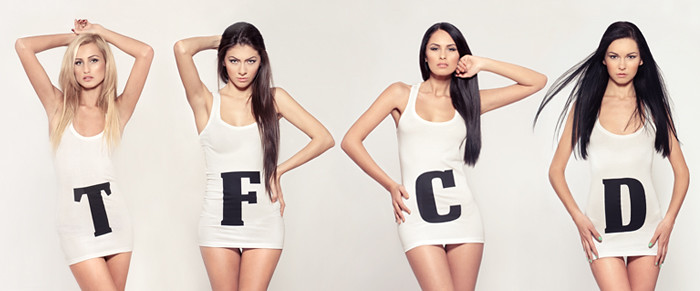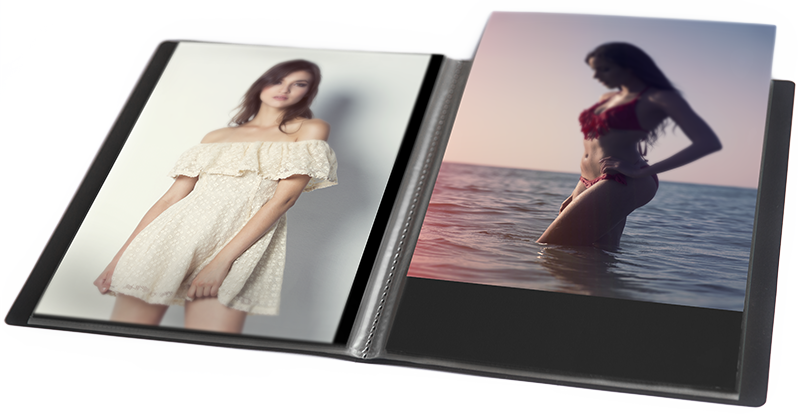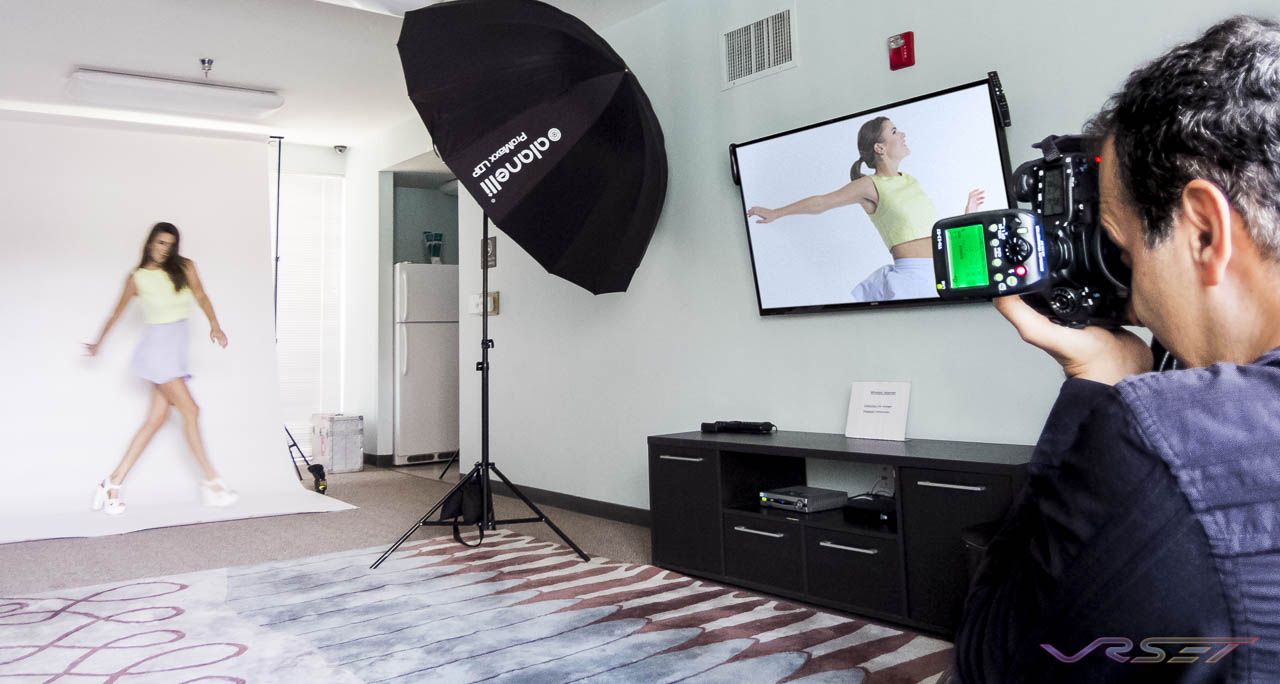What is TFP?
 Getting started in photography is expensive. Sometimes frustratingly so. This expense tends to compound a bit if one has to pay professional models to build a portfolio. Fortunately, you don’t. Models also need to build a portfolio, so collaborating with photographers to create images becomes extremely valuable. TFP has becomes a keystone of the beauty/fashion/glamor world.
Getting started in photography is expensive. Sometimes frustratingly so. This expense tends to compound a bit if one has to pay professional models to build a portfolio. Fortunately, you don’t. Models also need to build a portfolio, so collaborating with photographers to create images becomes extremely valuable. TFP has becomes a keystone of the beauty/fashion/glamor world.
Ok, what does TFP stand for?
TFP is an acronym for “Time for Prints” and is a common term used by models and photographers. It can also mean “trade for prints” or “test for prints”.
In general, TFP signifies that the photographer will provide the model with prints of the photos they take, in exchange for her modeling services. These prints may either be physical (for example, 8×10 glossy prints to add to your portfolio), or digital (photos sent to you via email or social media). It is important to clarify with the photographer before the shoot.
Lately sometimes it’s referred to as TFCD (time for CD) or simply TF* (time for ….)

So how is it free?
These terms signify that the model and photographer (or makeup artist, stylist, etc.) are in full agreement that the work and services they are providing is a trade amongst themselves; neither party will receive a payment, nor will they make a payment. Their “currency” is the service they are providing, not money.
There are benefits to both parties of such an arrangement: the model (make up artist, etc) can build a portfolio to show to prospective clients at little or no cost, while the photographer gets a model for a particular project.

Are there any common rules for this shoots?
Every TFP photo shoot is negotiated separately — therefore, conditions may vary every time.
The number of pictures which the photographer delivers to the model significantly varies. Speed of delivery can vary widely as well, from a CD burned at the end of the shoot before the model leaves up to several months.
The type of modeling that the model is willing to do should be clearly understood before the shoot starts. Such as, will the model be fully clothed or will there be a degree of nudity. The model must make it clear before hand what he or she is willing to do and the photographer must make it clear what he or she expects from the model as well.

A photographer should NEVER push a model past what she has agreed to do, and a model should never feel pressured to go to a level that she is uncomfortable with. If you find that you are being asked to do things that make you uncomfortable, stop what you are doing, regroup, tell the photographer how you are feeling, and if they still push you, you must leave the set.
What about usage rights?
Depending on local laws, the model or the photographer might agree to limit the use of pictures from a shoot. The model may agree to only use specifically agreed pictures on online portfolios (to avoid sub-standard pictures that damage the photographer’s reputation), or the photographer may agree to only use certain images in printed publications and not on the internet. This conditions are often mentioned in contract and/or model release document sides sign prior to the shoot.

Contracts? What contracts?
Every shoot is different. It’s highly advised that all parties involved put all their terms and expectations on paper: like type of shoot, shoot description, results expectation (how many photos, what way and how soon), usage rights, etc.
Surely you can go shoot TFP without any contract or release. But having one will help to prevent any further misunderstandings and/or legal issues for all parties involved. Better make it a rule and stick to it every shoot you go into!
See our article about Model Releases and get some helpful sample releases!
Enough with boring stuff!
First and foremost, TFP is about free collaboration.
It’s about putting heads together and creating. It’s about energy. It’s about art.
Go shoot!
Useful Links
Just a bunch of useful links for you, some have really interesting food for thought:
- http://www.newmodels.com/TFP.html
- http://dpanswers.com/content/legal_tfp.php
- https://www.paulmanoian.com/photography/2012/05/difference-between-test-tfp-shoot/
- http://www.picturecorrect.com/tips/how-to-hire-a-model-as-a-photographer-paid-talent-vs-tfp/
- http://carterlawaz.com/2016/01/model-release-for-tfp-photo-shoots/
- http://www.diyphotography.net/tfp-friend-foe/
- http://www.thisuglybeautybusiness.com/2012/09/everything-you-need-to-know-about-working-tftfptfcd.html